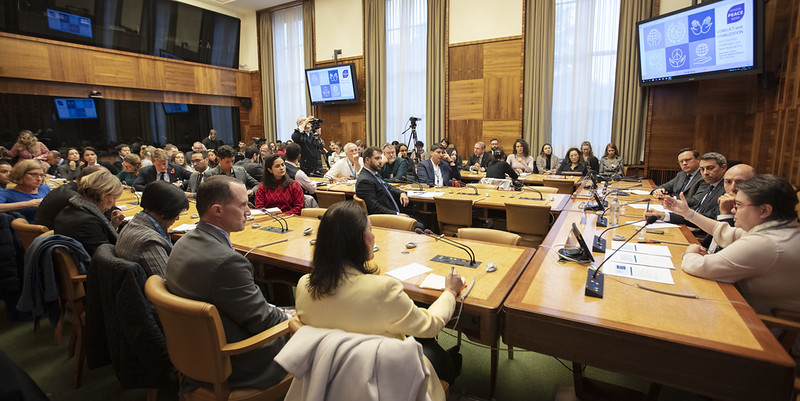In the world of foreign aid flows, the idea of paying for outcomes rather than inputs has a long history. Yet despite regular proclamations of interest in such approaches, the share of funding that is linked to outputs or outcomes instead of activities and processes remains quite small. Many innovations aimed at addressing the reticence of funders to pay for outcomes have been tried but with limited success. A recent position paper, "Conceptualizing Fiduciary Structures That Create Demand for Development Outcomes" by Gugelev and colleagues provides an intriguing look at one way to untie this Gordian Knot: by creating a new fiduciary which can both credibly commit to paying for outcomes without micromanaging projects and provide credible proof to funders that outcomes have been achieved while appropriately managing risks.
Why would such an approach work where others have failed? First, consider why others have failed. Most programs that claim to pay for outcomes include efforts to measure and manage results, but rarely give recipients the autonomy and discretion to implement programs according to their own best judgment (see examples here and here). These latter features are the core explanation for project success associated with approaches that emphasize "country ownership" or "iterative adaptation." So the tendency to maintain controls on inputs and activities works against the core reason to pay for outcomes in the first place.
Many reasons have been offered to explain why funders cannot seem to let go of their micromanagement, such as self-interested bureaucrats, technical difficulties in designing outcome payments, and recipient's lack of readiness. However, I think the core problem is that funders remain politically accountable for the use of their funds and cannot imagine how to avoid the risks of scandal without continuing to micromanage projects.
This is why the position paper intrigues me: it addresses this core problem and imagines a solution. The authors—who include practitioners in the field of development impact bonds and other innovative forms of development financing—contend that auditing and evaluation services are available. What is lacking, they argue, is a mechanism that gives funders assurances regarding risk management while simultaneously opening space for implementers to adapt and innovate.
What kind of a fiduciary organization could fulfill this role? Independence is critical to its success, along with the capacity to manage funds and contract reliable auditors and evaluators. These are functions that most development agencies already have. From my perspective, of the different criteria described by the authors, the novel ingredient is creating a fiduciary with no stake in the project other than its mission to fulfill payments when outcomes are verified. This generates the space for innovation and adaptation which otherwise closes when funders are co-responsible for the conduct of the program.
The position paper notes that a variety of fiduciary mechanisms have already been piloted, but are essentially specialized prototypes. It suggests two different paths for such a fiduciary mechanism to become institutionalized: either specializing in its core function and integrating across sectors, or encompassing a fuller range of functions for particular sectors. Either way, as such an organization establishes its track record, it would build its legitimacy and strengthen its ability to fulfill the needs of both funders and recipients.
This is one idea that is definitely worth a try.
CGD blog posts reflect the views of the authors, drawing on prior research and experience in their areas of expertise.
CGD is a nonpartisan, independent organization and does not take institutional positions.






